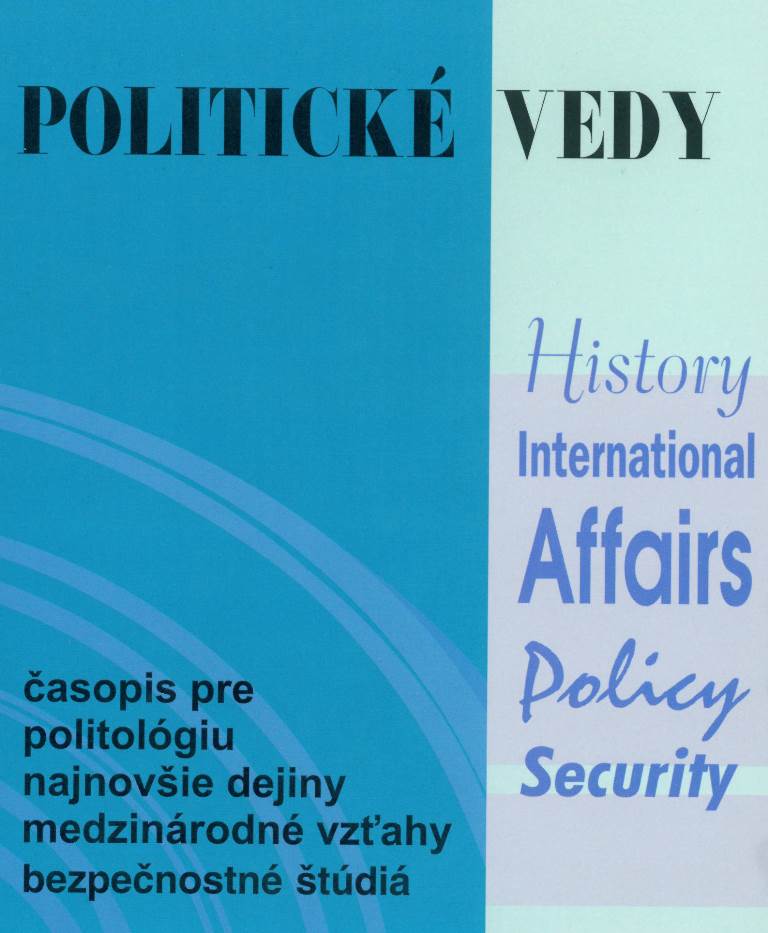Analýza prostorové podpory a stranického nahrazení na příkladu hnutí Starostové a nezávislí (STAN): Vstup nového subjektu do stranického systému České republiky
An analysis of spatial support and party replacement on the example of the movement of Mayors and Independents (STAN): The rise of a new political organisation in the Czech party systém
Author(s): Pavel MaškarinecSubject(s): Politics / Political Sciences, Government/Political systems, Electoral systems
Published by: Univerzita Mateja Bela
Keywords: Czech Republic;parliamentary elections;spatial analysis;electoral geography;party replacement;electoral change;Mayors and Independents;STAN;
Summary/Abstract: In contrast to many other Central and Eastern European countries which suffered from marked instability and fluidity of their party politics, the Czech party system was relatively stable and closed during the first two post-communist decades, with low levels of volatility and with failure of most new political parties. However, a series of three electoral earthquakes in 2010, 2013 and 2017 elections completely transformed the shape of the Czech party system. This article examines the territorialization of support for the movement of Mayors and Independents (STAN), one of the new political parties, which entered the Czech parliament after the 2010 election; more specifically in the 2017 election. Using spatial analytical techniques, we found that support for the STAN concentrated especially in municipalities where right-wing and centre-right parties traditionally were strong, as opposed to weak support of the STAN in municipalities with strong support for the leftist parties, far right parties, as well as the ANO2011. On the other hand, the spatial support for the STAN was not entirely identical with the areas where the rightist parties were traditionally strong, which, with some simplification, can be described as regions with high development potential, or positive socioeconomic development, respectively. This can be linked mainly with the fact that the STAN has mostly weak support in the largest cities, compared to the much stronger support in the smallest municipalities. In this respect, the STAN does not represent the classic example of the Czech “liberal centre” party, and it is the weakness of the STAN in the largest cities that threatens its long-term presence in the Czech party system.
Journal: Politické vedy
- Issue Year: 23/2020
- Issue No: 1
- Page Range: 8-31
- Page Count: 24
- Language: Czech

